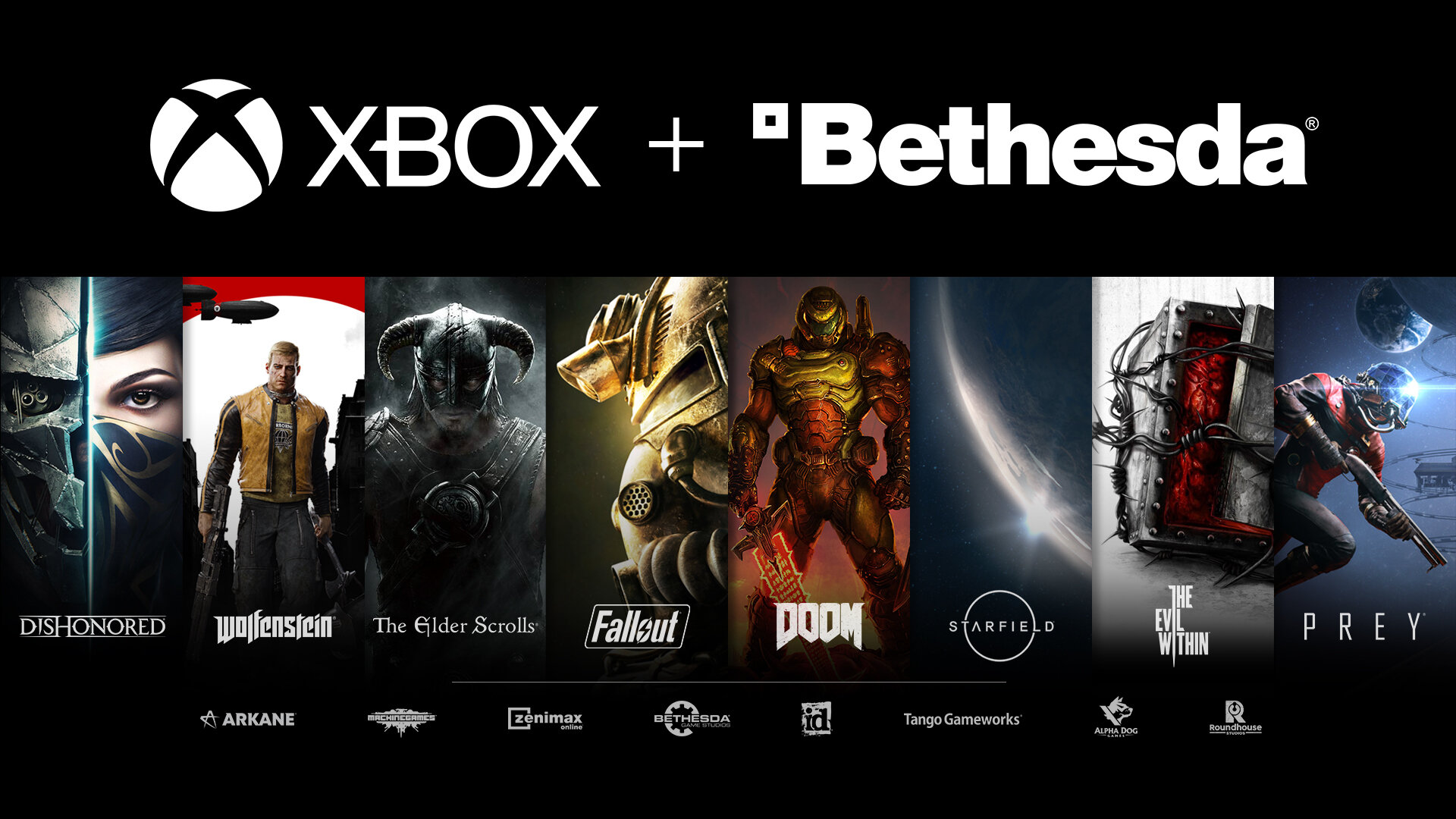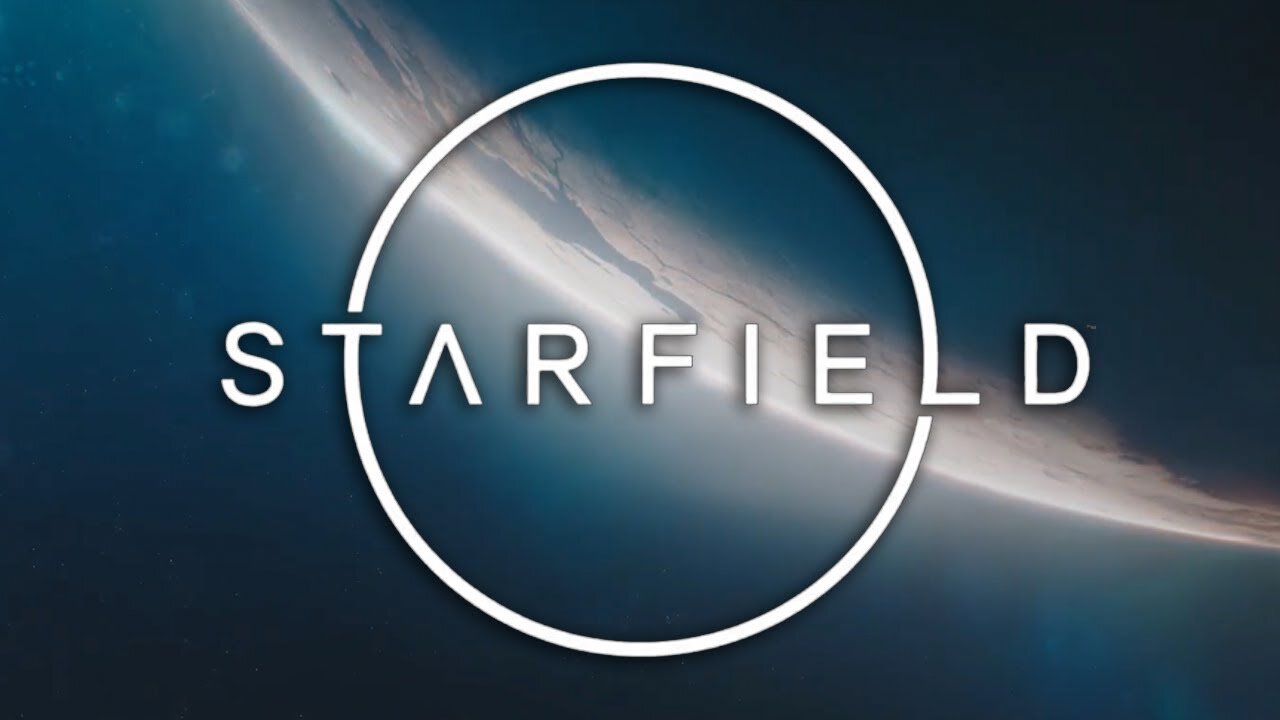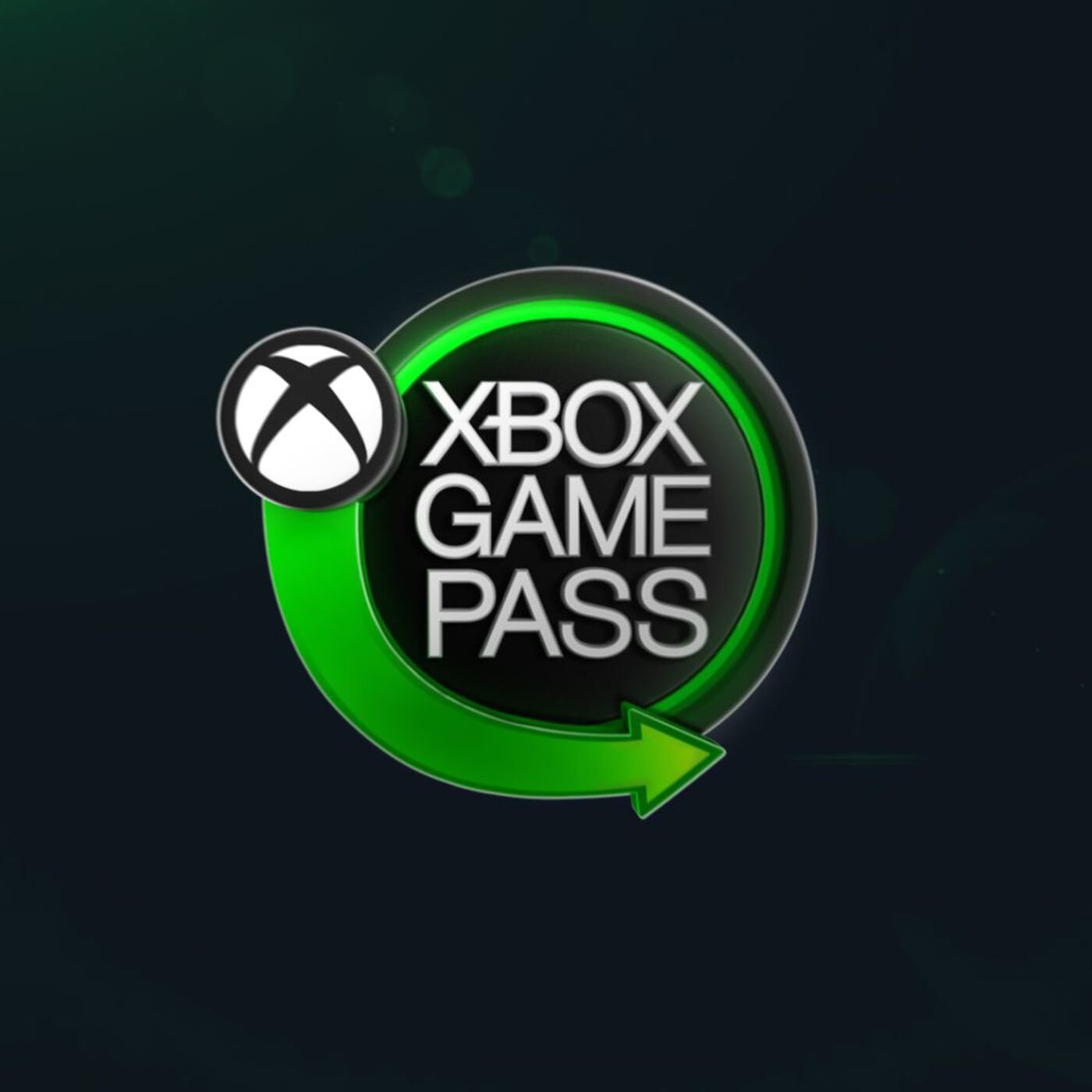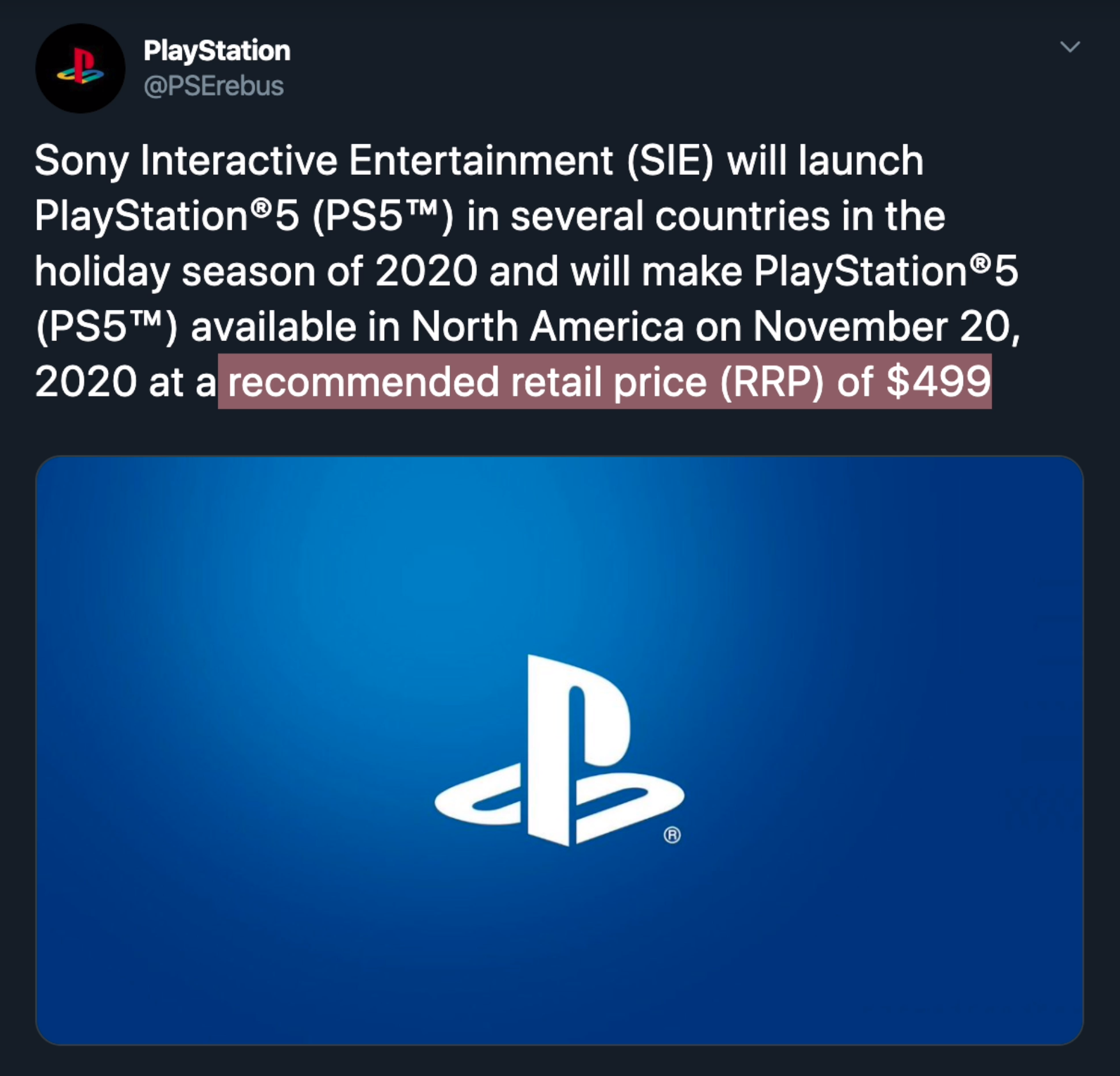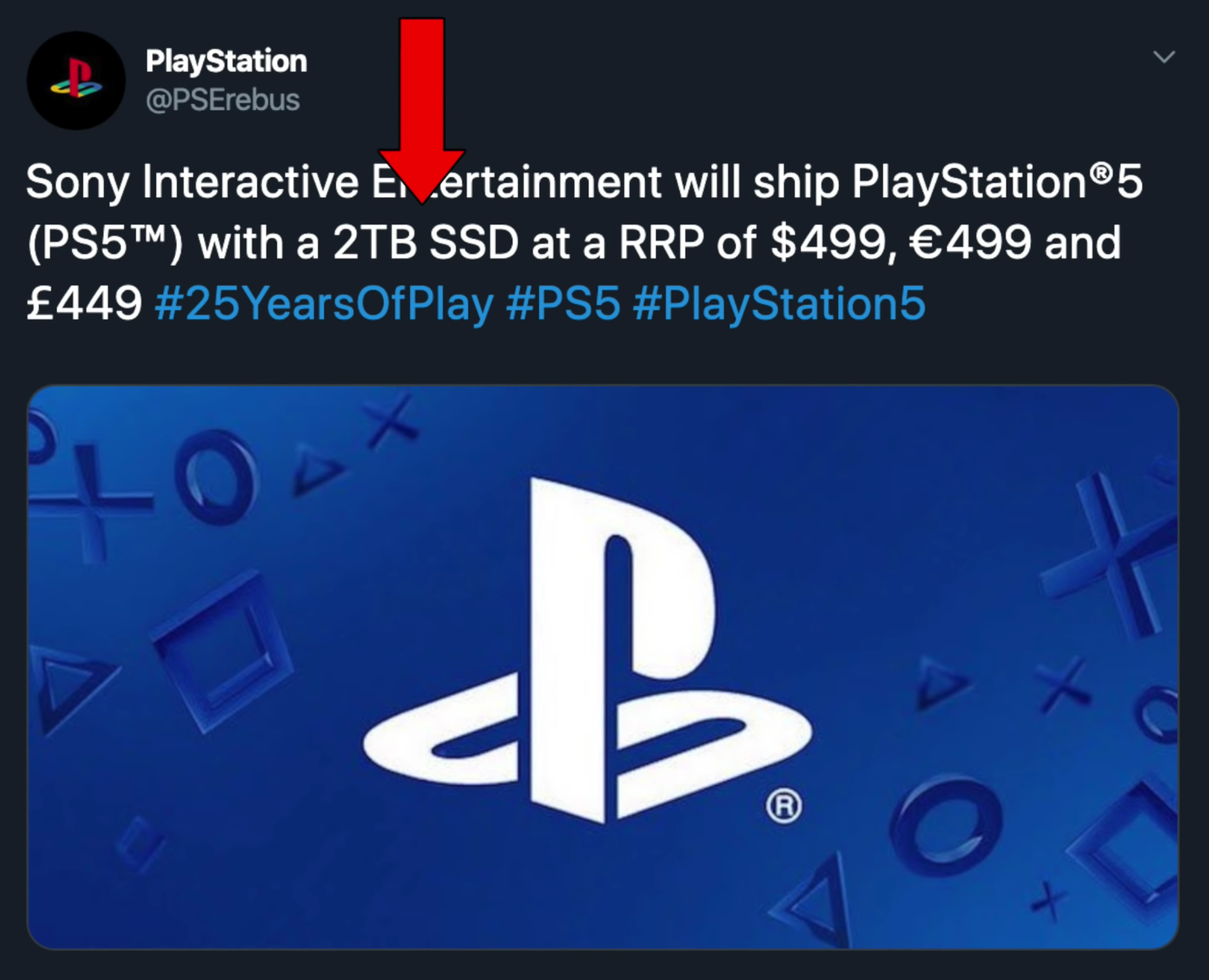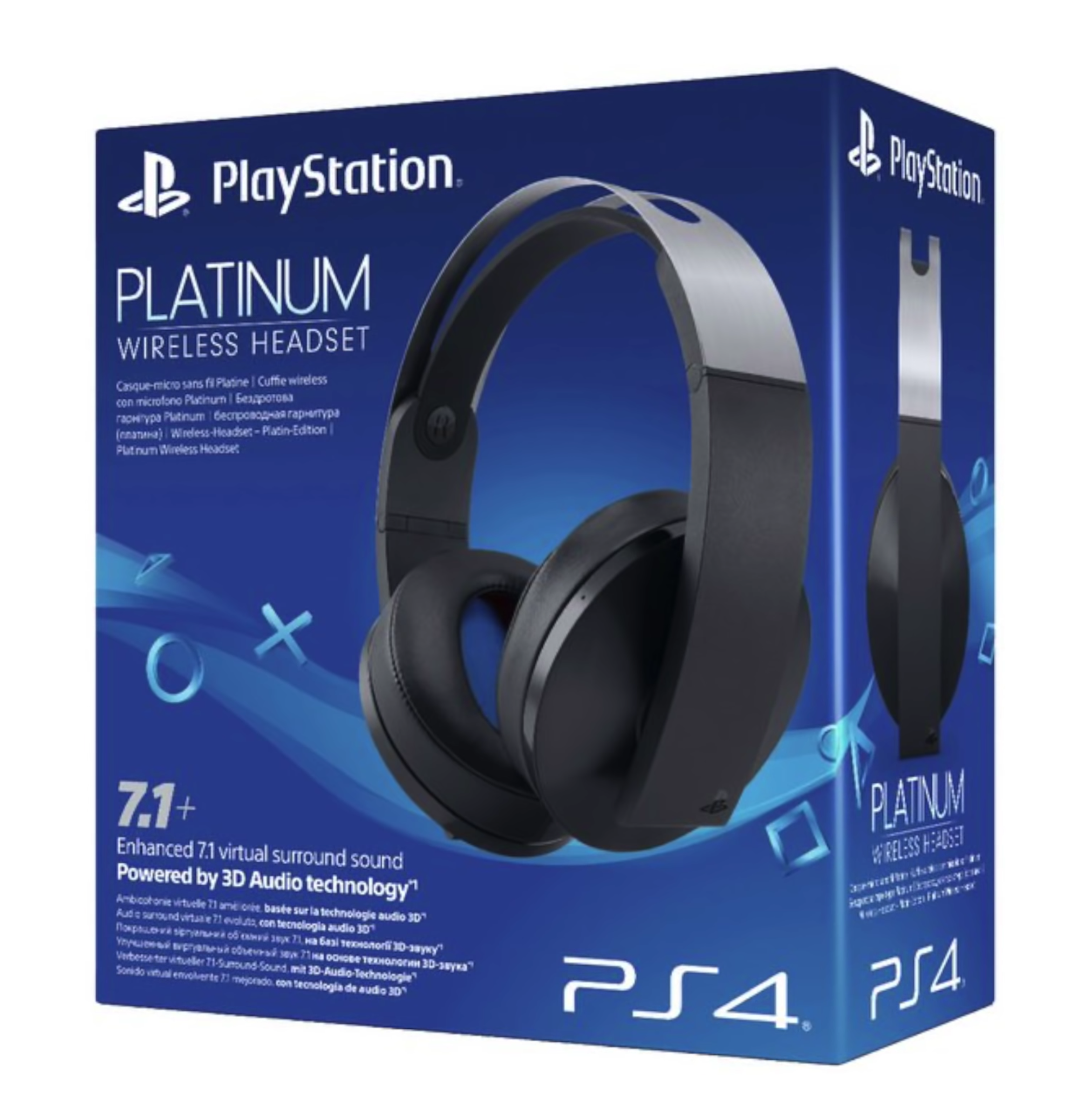As you all probably know by now, Xbox have made the unprecedented move of acquiring Zenimax Media, the Parent Company of Bethesda, for $7.5 Billion. The announcement was made in the early hours of September 21st by Phil Spencer and is a huge play in lead up to next-gen. It’s also no coincidence that Xbox announced the move a day before pre-orders went live for the Series X & S. So, what does this all mean?
Firstly, it means that all of the studios under the Zenimax Studios banner will now be absorbed into Microsoft Studios, these include: Bethesda Softworks, Bethesda Game Studios, id Software, ZeniMax Online Studios, Arkane, MachineGames, Tango Gameworks, Alpha Dog and Roundhouse Studios. This pushes the total amount of studios they own to 23. Some of the more notable IP’s that are now the sole property of Xbox now include:
Phil Spencer made specific reference to Bethesda’s upcoming title ‘Starfield’ in his post announcing the move (Image Source: GamesRadar)
Elder Scrolls
Fallout
Doom
Wolfenstein
Quake
Dishonored
Rage
Deathloop
Ghostwire: Tokyo
Prey
The Evil Within
Starfield
If you’ve been paying attention to the recent PlayStation 5 developments, you will notice that ‘Deathloop’ & ‘Ghostwire: Tokyo’ are actually PS5 Exclusives. Xbox have already said that they will honour those studios’ existing commitments to Sony, meaning that Xbox will be making games that are exclusive to their rivals’ platform, go figure.
On the flip side of this, the question on everybody's mind is how this will work with regards to exclusivity on future releases. Phil Spencer has said that games made by these studios will be on Xbox, Windows and ‘other consoles’ on a ‘case by case basis’. Looking at that list, you’ve got some of the most successful and instantly recognisable franchises in gaming, not even to mention Halo. If the the next Elder Scrolls or Fallout were to be Xbox Exclusive, that would definitely make a lot of people at least consider the platform. Having the best titles split between two platforms could become quite expensive, so that would really suck for those who can’t afford to run two paid platforms. However, if you did have to choose one or the other, Xbox make a very good case with their Game Pass & All Access programs.
Xbox’s Game Pass is now one of the best deals in gaming, and it’ll keep getting better (Image Source: The Verge)
Exclusives (or high quality ones at least) are something that Xbox had a major shortage of in the last Console generation, with Sony running away with AAA titles that up until now, made it the biggest player going into next-gen. But that has all been turned on its head within the space of a day. Suddenly, Xbox Game Pass has evolved into one of the best deals in gaming with those heavy hitting titles that will be available on Day One of release, you might never have to buy a game again. It looks like Microsoft is slowly turning Xbox into a paid subscription, almost Netflix-esque type of service. There are over 100 games there already and that will continue to grow, this acquisition has made it abundantly clear that Game Pass is the future of Xbox. With the inclusion of the All Access program, you can have a Series S, Game Pass Ultimate for 24 months & EA Play for £20.99/month, or a Series X for £28.99/month with the same perks. Neither of these have an upfront cost either, making it perfect for entry level players or those without the money to buy a new Console upfront. Even if you can afford all of the upfront costs, Game Pass/All Access can effectively pay for itself just by saving you the need to buy games individually.
Also, I don’t think that Xbox are at all interested in playing out an ‘Exclusives’ war with Sony, they certainly have the means to go toe-to-toe with some of those huge titles (The Last of Us, God of War, Horizon etc), but that doesn’t mean they have to force that choice on the consumer. Sometimes the best use of that kind of power, is to not use it at all, or at least in the way Sony is currently flexing their First-Party titles. Xbox could easily allow all of their property to be available on all of the other platforms, but make their platform the best to have it on. As with their other First-Party titles, Zenimax releases would (very likely) be available on the Game Pass from release, meaning that you don’t have to buy it and it’s just there straight away. If it’s available on PlayStation, but you have to fork out for it when you could effectively have it for free, it might as well be exclusive. Additionally, Xbox could have a staggered release window with those properties releasing first on the Xbox with Game Pass, then collect the revenue from other platforms. It’s a win-win for them.
Playstation does have it’s alternative, but it isn’t nearly as flushed out or well supported as might ought to be (Image Source: GamesRadar)
Another thing to note is that Phil Spencer has a well-known stance of not believing in Exclusives, he thinks they are bad for the industry. This approach would certainly make a lot of sense in that regard as they would not box anyone in (for the lack of a better phrase), they would just make their platform the best that it can be, irrespective of what titles Sony has. Moreover, they can use these titles as bargaining chips and completely breakdown the concept of Exclusives, industry-wide. If there are certain games that Sony want to just be on the PS5, Xbox can potentially use the likes of Doom, Elder Scrolls & Fallout as bargaining chips to keep other companies hogging properties.
If Xbox were to use this responsibly, which I think they will, this could be a great thing for gamers in general and maybe help to bring down some of those pay-walls for content that everybody should be able to play & enjoy. They might surprise me, they have every right to play hardball and battle it out with Sony with a duopoly of the best & biggest titles currently out there. But this would go against what they’ve been doing with their Game Pass & All Access programs and how they’ve acted on this subject up until now. This may put companies such as Steam in a difficult position, with those titles at their disposal, Game Pass could be a very viable alternative to a paid store front. Only time will tell how they respond to this, or if rumours of an agreement between the two materialise.
There is also the subject of Sony, how do they respond to this? Do they continue with their current strategy, or do they start to prioritise Playstation Now in the same way that Xbox do with Game Pass? This could spark a new trend of Studios being founded and aggressively snapped up by either Microsoft or Sony, which could heavily limit the amount of independent game titles in the future.
What we do know is that this is one of the biggest power-plays the industry has ever seen and is sure to turn more than a few heads towards the Xbox Series X & S, especially over time.

